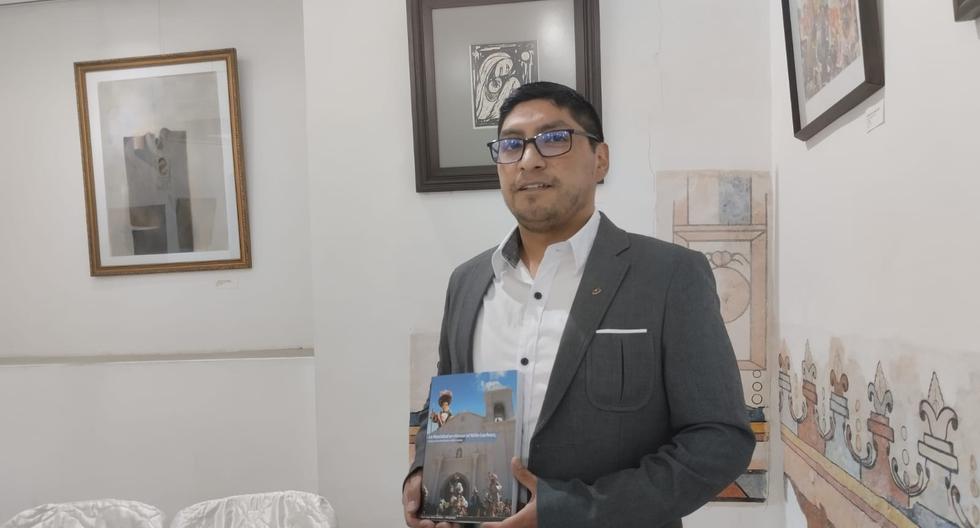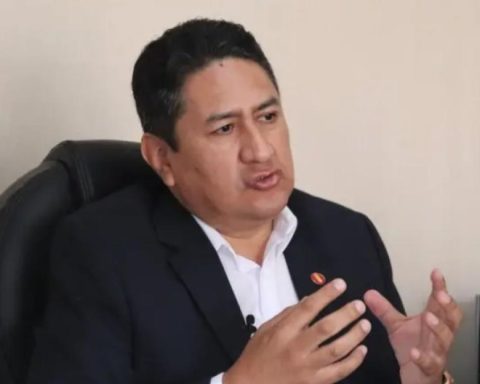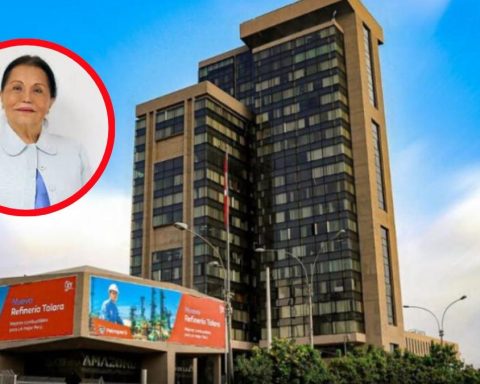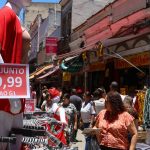Seeking to safeguard the nation’s cultural heritage, anthropologist Erick Ordaz Ordoñez presented a book that seeks to highlight and publicize the traditions of a festival that dates back to the 19th century. Tradition recognized in 2015 by the Ministry of Culture.
What are you looking for with the book presentation?
The objective is to rescue and value the information, oral tradition, rescued bibliographic information and highlight the contribution made by those involved, the same one that contributes to the strengthening of cultural identity, to strengthening the feeling of belonging of the Huancavelican settler.
Since what year has this tradition been lived?
Through research, there are indications that the festivity arose in the second half of the 19th century, within a social, cultural and economic context, where a new social class emerged, which promotes this and other festivities under the dedication to Child Jesus.
What is this new social class?
If we go back and do a social and economic analysis of those years, we realize that by the second half of the 19th century, the exploitation of the Santa Bárbara Mine was reduced, in addition, after the Independence of Peru, many other families returned to their country of origin and others go to cities in other cities, this generates families of prosperous merchants and landowners who remained, becoming the new ruling class and gave rise to various cultural manifestations.
How did it affect the cultural activities of those years?
For example, the impact of this new presence, different traditions arise; For example, in colonial times, cultural manifestations celebrated Jesus as an adult, such as Holy Week or Corpus Christi, but after the second half of the 19th century, this theme changed to a celebration of Jesus as a child and the emergence of some folkloric traditions, such as dances, music, material and immaterial elements that combine within these festivities.
What stands out the most in the tradition of the Niño Lachocc?
Since it appeared, the Child always had various appearances, in various contexts, in different social events, this contributed to strengthening the celebration and faith in this image.
THE LEGEND TELLS HOW THE LACHOCC CHILD TRADITION BEGAN
Based on the information collected, the legend arises with the appearance of a child to a shepherd boy named Benito, a name that was changed over time, both children become friends, they always play, until Benito’s father gets upset by the delays of his son, he went to look for him, the children find out, they do a mischief, they burn ichu and with the ashes they paint the face of the boy Benito black, so that the father does not recognize him.
YOU CAN ALSO SEE: They seek to preserve the tradition of the tanta wawa
One day the population wanted to hold them, they went to look for them and the closer the population got, they remained more still, to the point when the population arrived where they were, in Lachocc Puquio and found them petrified, that is the legend that gives rise to to this holiday.

















